🌟 🏛️**Discovering the Majestic Santa Bárbara Church in Rubio, Táchira** 🌟



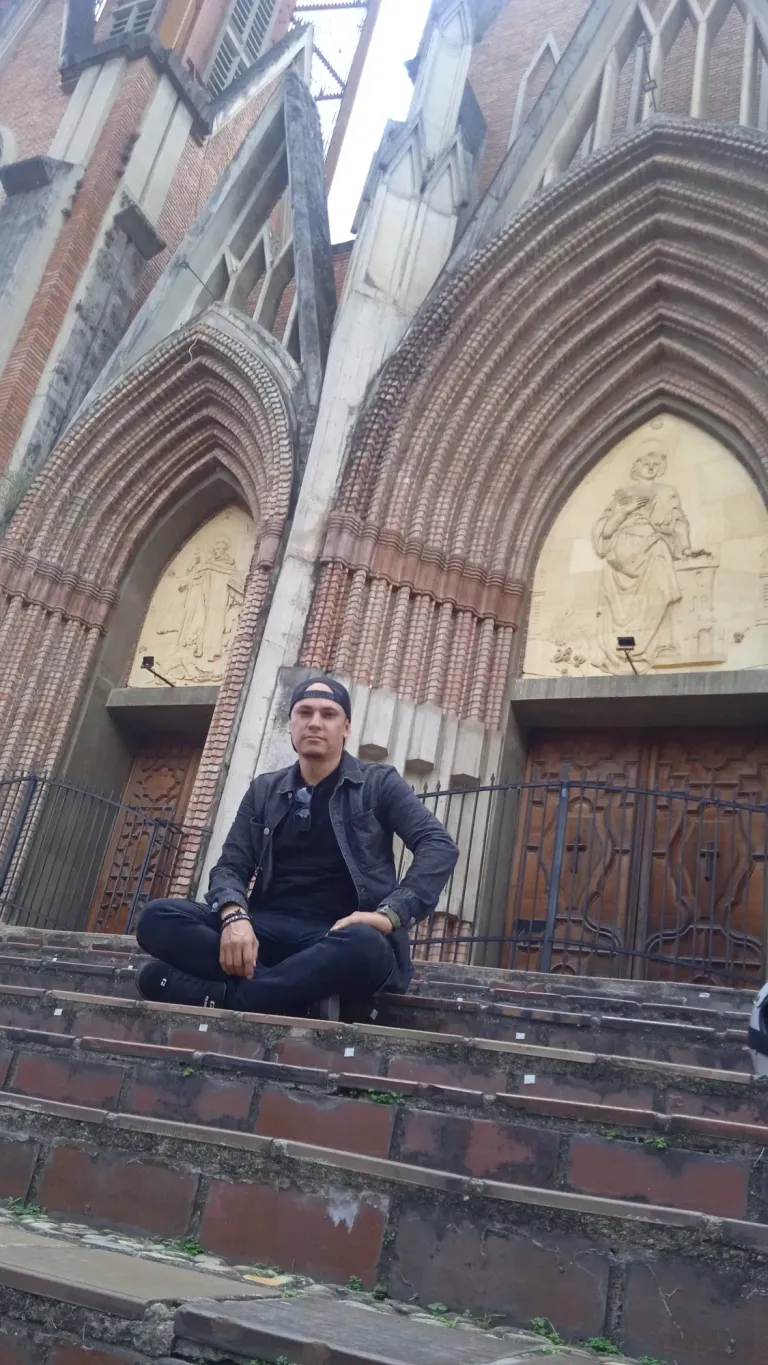

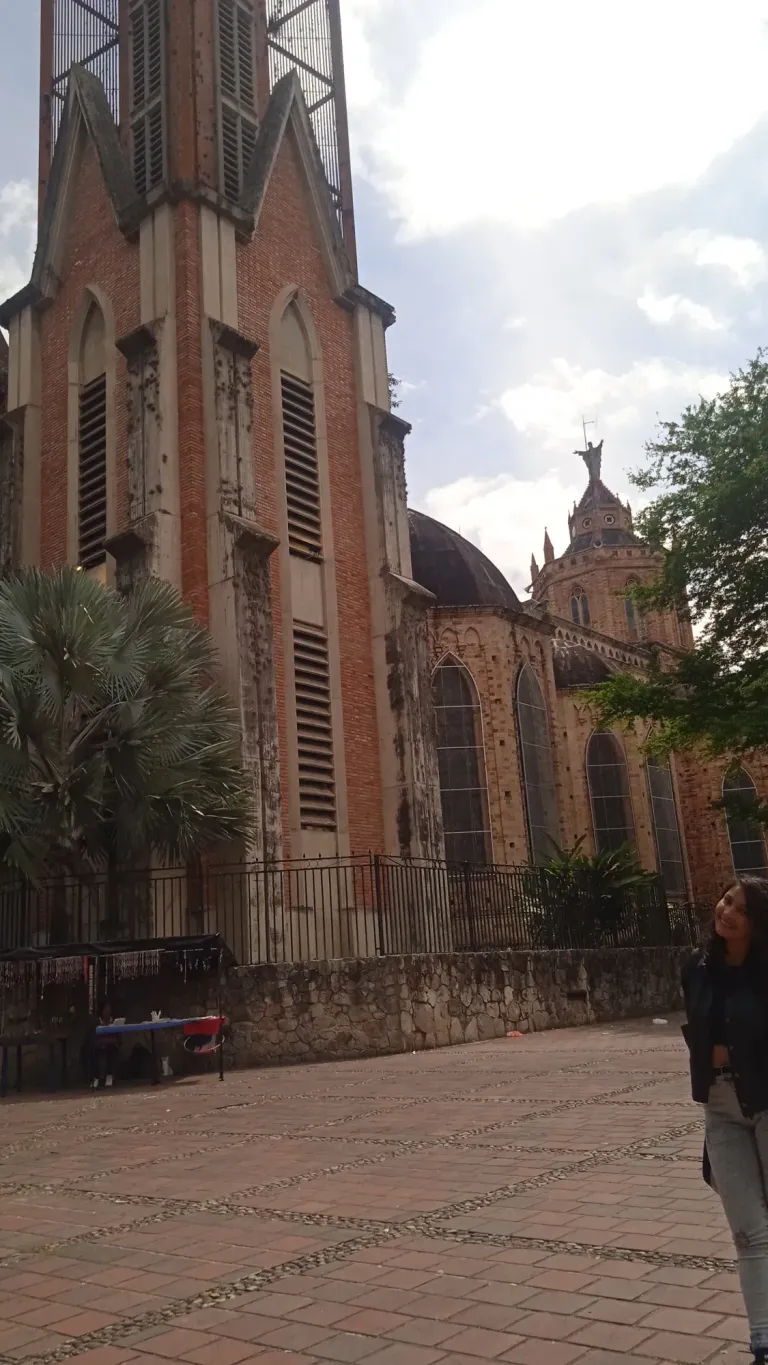
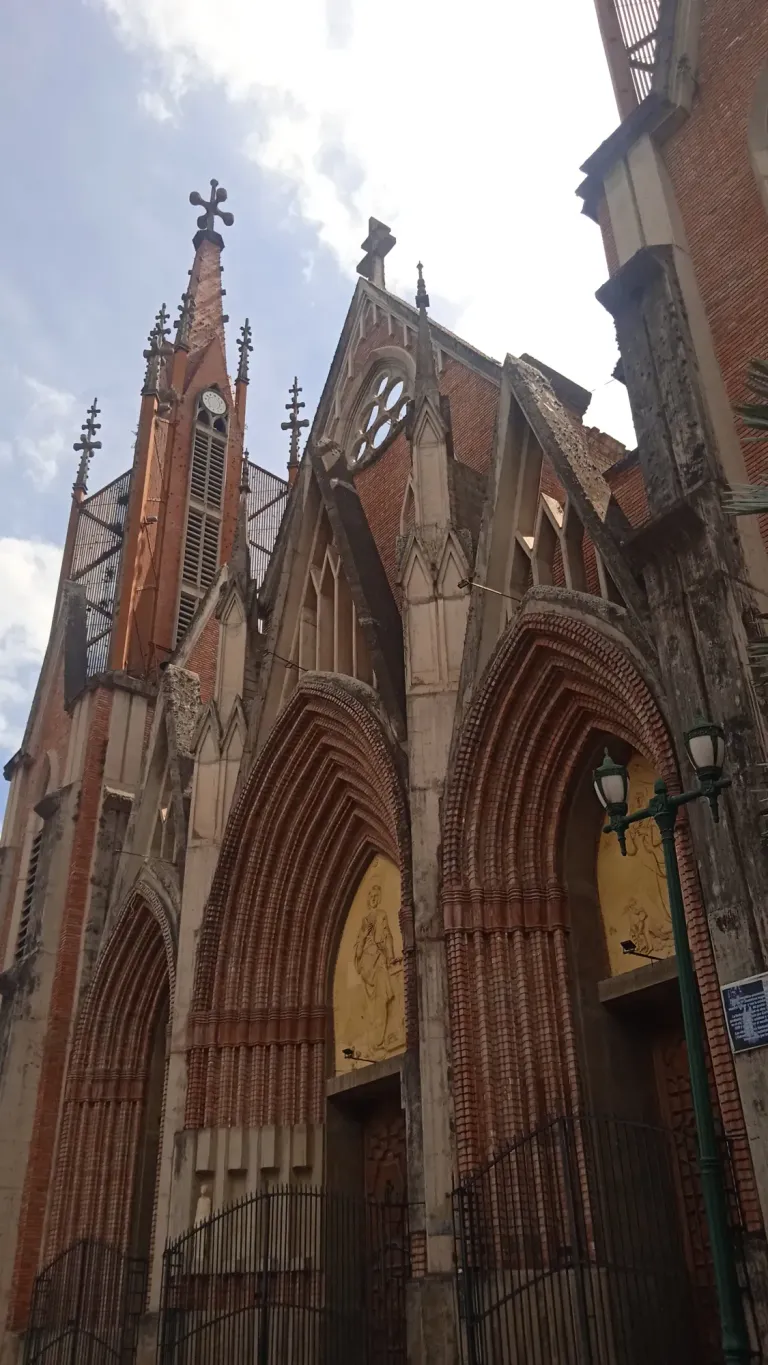
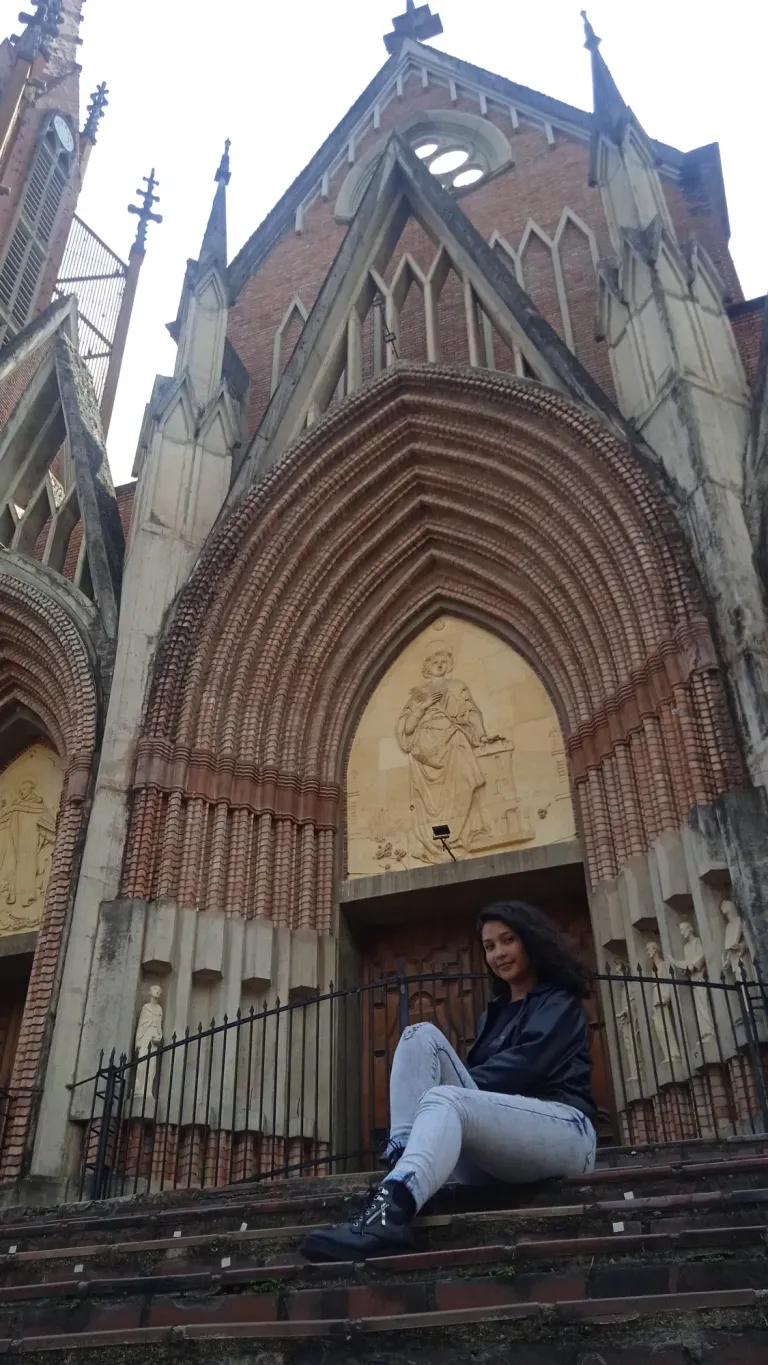

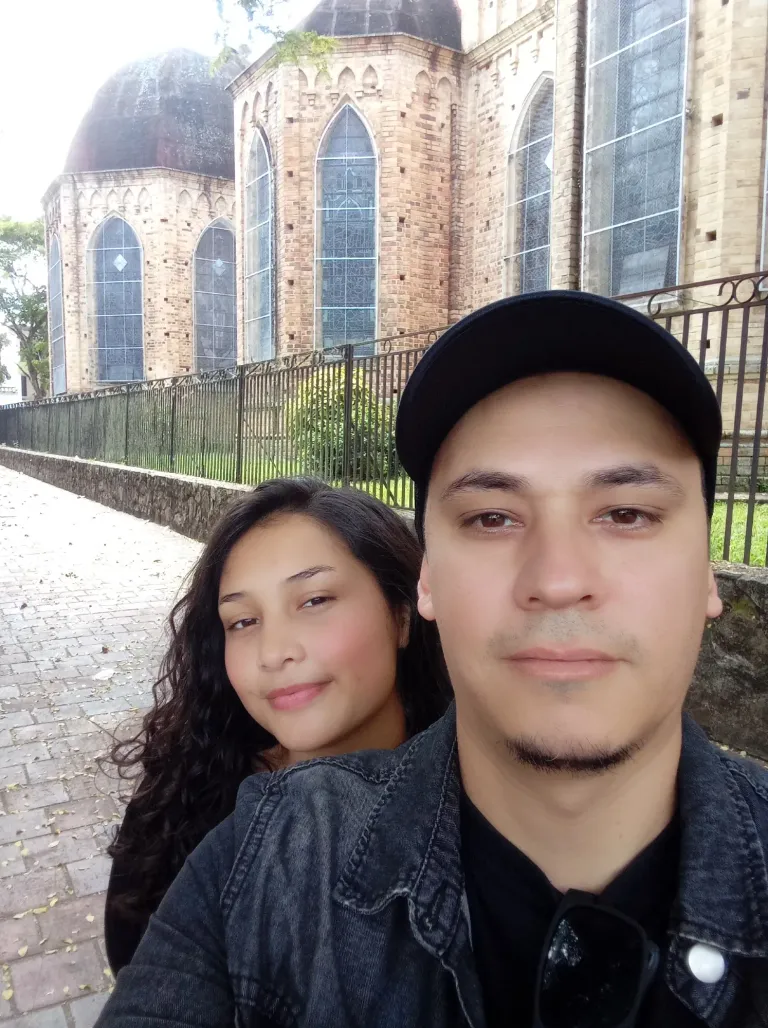
Today, December 25th, we went for a walk and found this impressive neo-Gothic church, which took more than 30 years to build. 🏰✨
The Santa Bárbara Church is a true architectural treasure and a source of pride for the community of Rubio. This church has nothing to envy to other cathedrals around the world. Simply being in its surroundings and observing the details of the red bricks, which give it a modern look, makes everything seem very European.
History of Santa Bárbara Church
The construction of the Santa Bárbara Church began in 1934 and was completed in 1958. Founded by Gervasio Rubio in 1794, it became a parish in 1868. The church was built with bricks made by hand from local clay and is an excellent example of neo-Gothic architecture.
The church features two imposing towers that rise 50 meters high and a dome that houses an image of the Sacred Heart of Jesus. In 1960, it was declared a National Historic Monument and is considered one of the most beautiful religious architectural works in the state of Táchira and in Venezuela.
In addition to being a place of worship, the Santa Bárbara Church is also a cultural and social center that hosts important events such as baptisms, weddings, and funerals. It is a perfect place to enjoy Christmas and connect with local history and culture.
Why Gothic Architecture is Unique
Gothic architecture, which emerged in medieval Europe in the 12th century, is known for its distinctive features such as pointed arches, ribbed vaults, large windows with stained glass, and impressive heights. These elements not only have functional purposes but also carry deep spiritual symbolism.
- Pointed Arches: These arches distribute the weight of the structure more efficiently, allowing for taller buildings with thinner walls and larger windows.
- Ribbed Vaults: These intersecting ribs strengthen the structure and allow for larger open spaces without additional supports.
- Stained Glass Windows: These windows not only provide beautiful natural light but also tell biblical stories, serving as a means of teaching.
- Impressive Height: The soaring heights symbolize the spiritual aspiration to reach closer to the divine.
- Ornamental Decoration: Gothic architecture is rich in decorative details, including gargoyles and intricate sculptures, which add both aesthetic and symbolic value.
From its dome to its towers, every detail reflects the dedication and effort of those who built it. This church is a symbol of the identity and faith of the Rubio community.
In the near future, we hope to continue visiting this majestic church and celebrating our traditions in such a beautiful place. Merry Christmas to everyone!
Translated by Copilot
Español:
🌟 Descubrimos La Majestuosa Iglesia Santa Bárbara en Rubio, Táchira 🌟
Hoy, 25 de Diciembre, salimos a pasear y nos encontramos con esta impresionante Iglesia Neogótica, que tardó más de 30 años en construirse. 🏰✨
La Iglesia Santa Bárbara es un verdadero tesoro arquitectónico y un orgullo para la comunidad de Rubio. Esta iglesia no tiene nada que envidiarle a otras catedrales del mundo. Simplemente estar en sus alrededores y observar esos detalles del ladrillo rojo, que le dan un aire moderno, hace que todo parezca muy europeo.
Historia de La Iglesia Santa Bárbara
La construcción de la Iglesia Santa Bárbara comenzó en 1934 y finalizó en 1958. Fundada por Gervasio Rubio en 1794, se convirtió en parroquia en 1868. La iglesia fue construida con ladrillos hechos a mano con arcilla local y es un excelente ejemplo de arquitectura neogótica.
La iglesia cuenta con dos torres imponentes que se elevan a 50 metros de altura y una cúpula que alberga una imagen del Sagrado Corazón de Jesús. En 1960, fue declarada Monumento Histórico Nacional y es considerada una de las obras arquitectónicas religiosas más hermosas del estado Táchira y de Venezuela.
Además de ser un lugar de culto, la Iglesia Santa Bárbara también es un centro cultural y social que acoge eventos importantes como bautizos, matrimonios y funerales. Es un lugar perfecto para disfrutar de la Navidad y conectarse con la historia y la cultura local.
Por Qué El Arte Gótico es Único
El arte gótico, que surgió en la Europa medieval en el siglo XII, es conocido por sus características distintivas como los arcos puntiagudos, las bóvedas de crucería, las grandes ventanas con vitrales y las alturas impresionantes. Estos elementos no solo tienen fines funcionales, sino que también tienen un profundo simbolismo espiritual.
- Arcos Puntiagudos: Estos arcos distribuyen el peso de la estructura de manera más eficiente, permitiendo edificios más altos con paredes más delgadas y ventanas más grandes.
- Bóvedas de Crucería: Estas nervaduras que se cruzan fortalecen la estructura y permiten espacios más amplios sin soportes adicionales.
- Ventanas con Vitrales: Estas ventanas no solo proporcionan hermosa luz natural, sino que también cuentan historias bíblicas, sirviendo como medio de enseñanza.
- Altura Impresionante: Las alturas elevadas simbolizan la aspiración espiritual de acercarse más a lo divino.
- Decoración Ornamental: El arte gótico está lleno de detalles ornamentales, como gárgolas y esculturas intrincadas, que añaden valor estético y simbólico.
Desde su cúpula hasta sus torres, cada detalle refleja la dedicación y el esfuerzo de quienes la construyeron. Esta iglesia es un símbolo de la identidad y la fe de la comunidad de Rubio.
En un futuro cercano, esperamos seguir visitando esta majestuosa iglesia y celebrando nuestras tradiciones en tan hermoso lugar. ¡Feliz Navidad a todos!
Traducido por Copilot
For the best experience view this post on Liketu